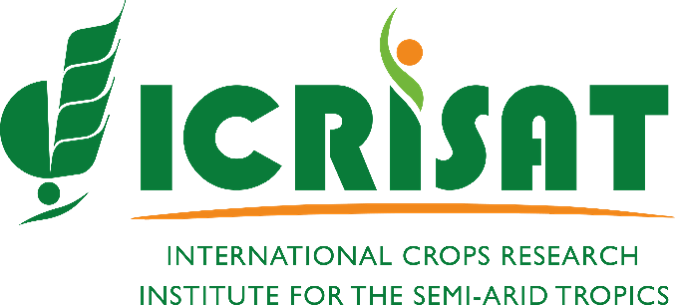Location
The International Crops Research Institute for the Semi-Arid Tropics (ICRISAT) is an international non-profit organization that undertakes scientific research for development.
Our approach is through partnerships and with an Inclusive Market Oriented Development.
Partnerships are critical as ICRISAT takes a catalyst role to help rural communities develop their own solutions and engage
the actors needed to bring the vision to reality.
Inclusive means we are inclusive of the farmers in developing solutions and inclusive of the all people especially women and youth.
Market Oriented Development means we focus our research and development efforts on making farming profitable,
helping move farmers from subsistence to commercial operators.
Members:
Resources
Displaying 1 - 5 of 75Improving crop-livestock productivity and household income through the use of contour bunding and agroforestry options
Investigating the impact of contour bunding technology in two agroecologies of southern Mali
A watershed approach to managing rainfed agriculture in the semiarid region of southern Mali: Integrated research on water and land use
Soil and water conservation (SWC) practices like that of erosion control and soil fertility measures were commonly practiced in the semiarid region of southern Mali since the 1980s. The SWC practices were mainly meant to increase water availability in the subsurface, reduce farm water runoff and gully formation and improve nutrient content of the soil, thereby increasing crop yield. Despite such efforts to promote at scale SWC practices, the landscape of southern Mali is still affected by high rates of runoff and soil erosion and low crop yield in farmers’ fields.



